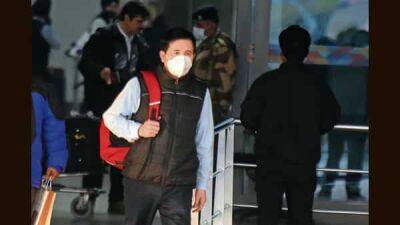1 in 8 adults end up with long COVID, new Dutch study finds
COVID-19 experience long-term symptoms or what is often known as long COVID.Long COVID refers to any of more than two dozens symptoms that linger, recur or first appear at least one month after a coronavirus infection.
These can affect all parts of the body and may include fatigue, shortness of breath, brain fog and blood clots. Older adults face higher risks for long COVID, shots don’t prevent it: U.S.
study The study, which was published in The Lancet, found that of its 76,422 participants, “21.4 per cent experienced at least one new or severely increased symptom three to five months post-infection compared to before infection, compared to 8.7 per cent of uninfected people surveyed during the same time period, suggesting one in eight COVID-19 patients (12.7 per cent) in the general population experience long term symptoms due to COVID-19.”In a statement released Thursday, the lead author, Judith Rosmalen from the University of Groningen in the Netherlands, said the study called the “Persistence of somatic symptoms after COVID-19 in the Netherlands” looks into the symptoms most often associated with long COVID, including breathing problems, fatigue and loss of taste or smell, both before a COVID-19 diagnosis and in people who have not been diagnosed with the virus.“This method allows us to take pre-existing symptoms and symptoms in non-infected people into account to offer an improved working definition for long COVID and provide a reliable estimate at how likely long COVID-19 is to occur in the general population,” said Rosmalen.She said there is an “urgent need” for data that can inform the scale and scope of the long-term symptoms experienced by some patients after COVID-19 illness.“However, most previous research.
Read more on globalnews.ca



































